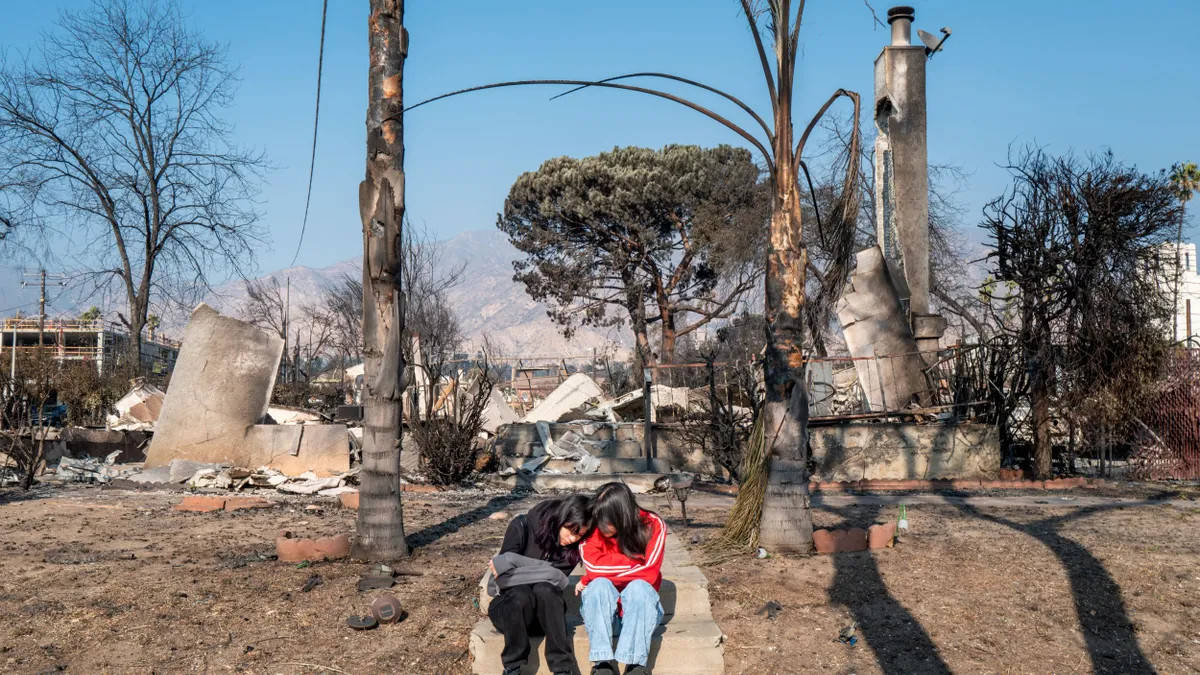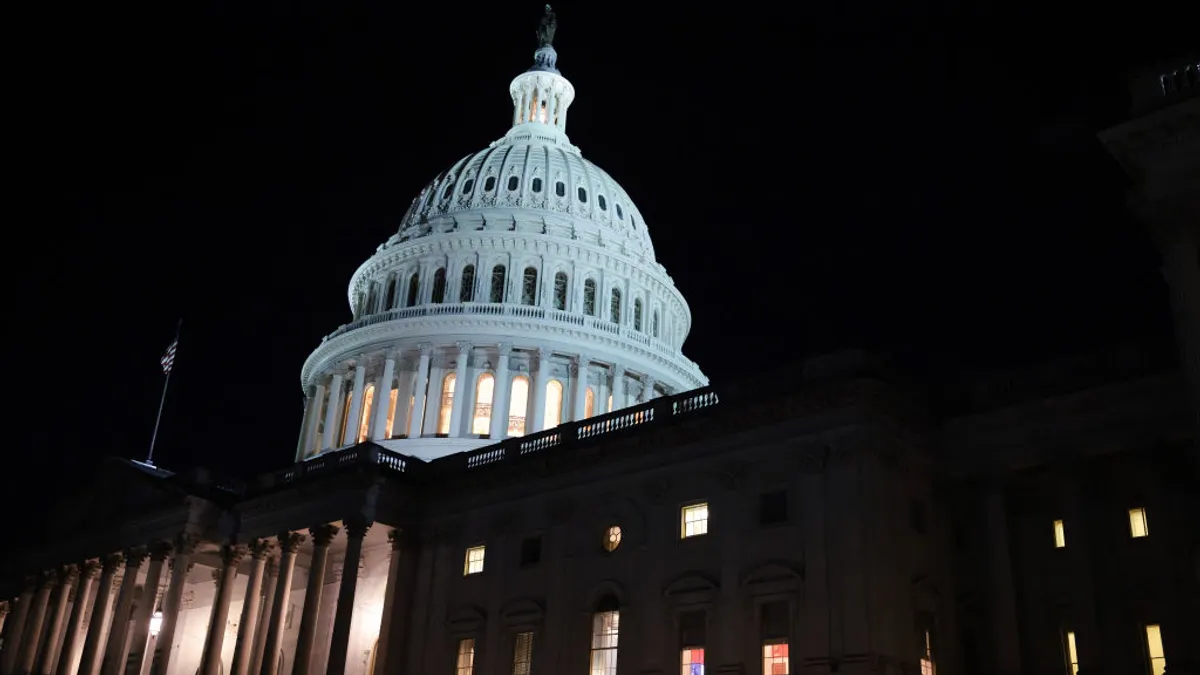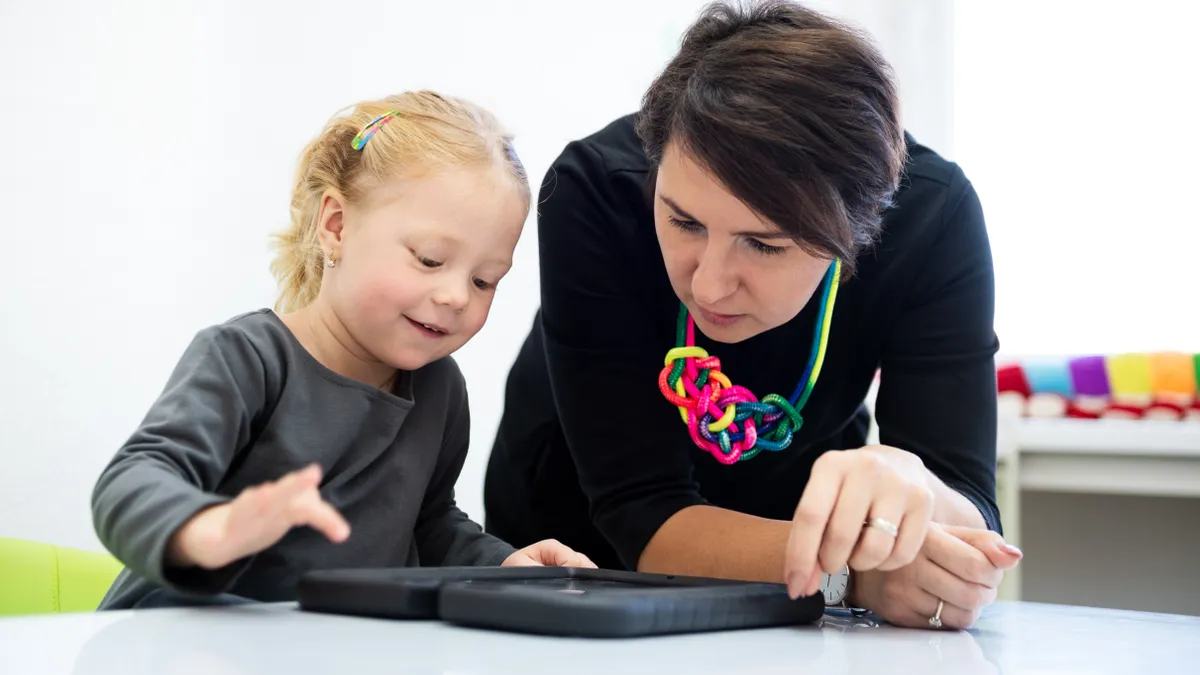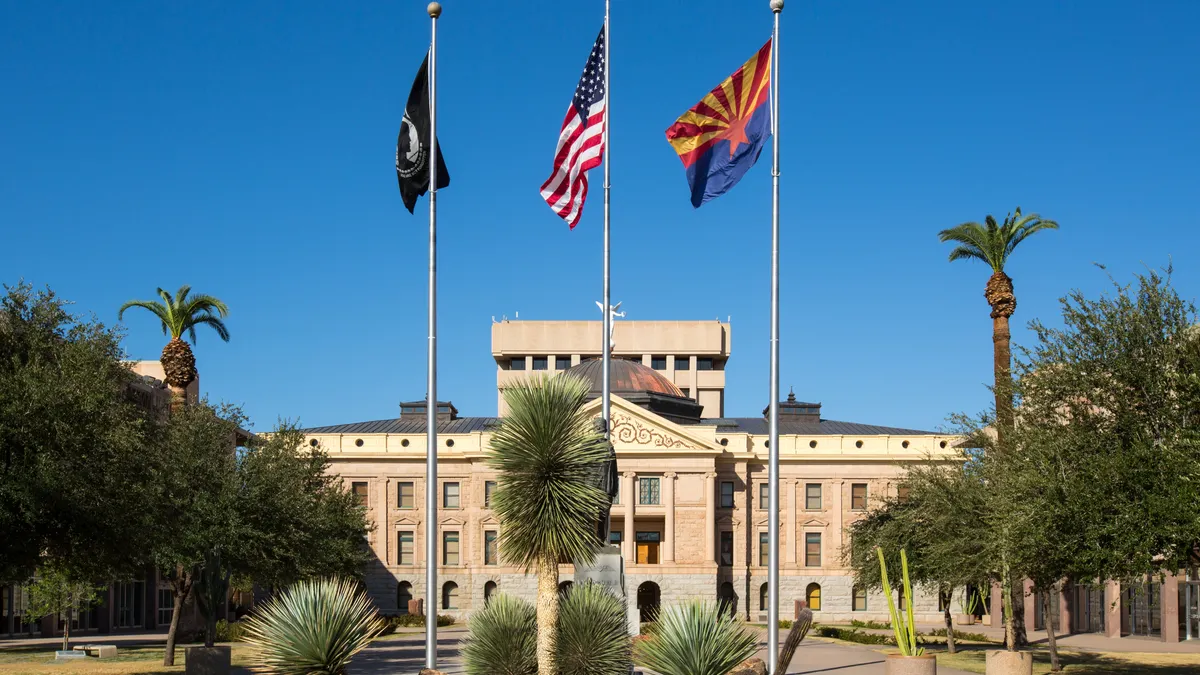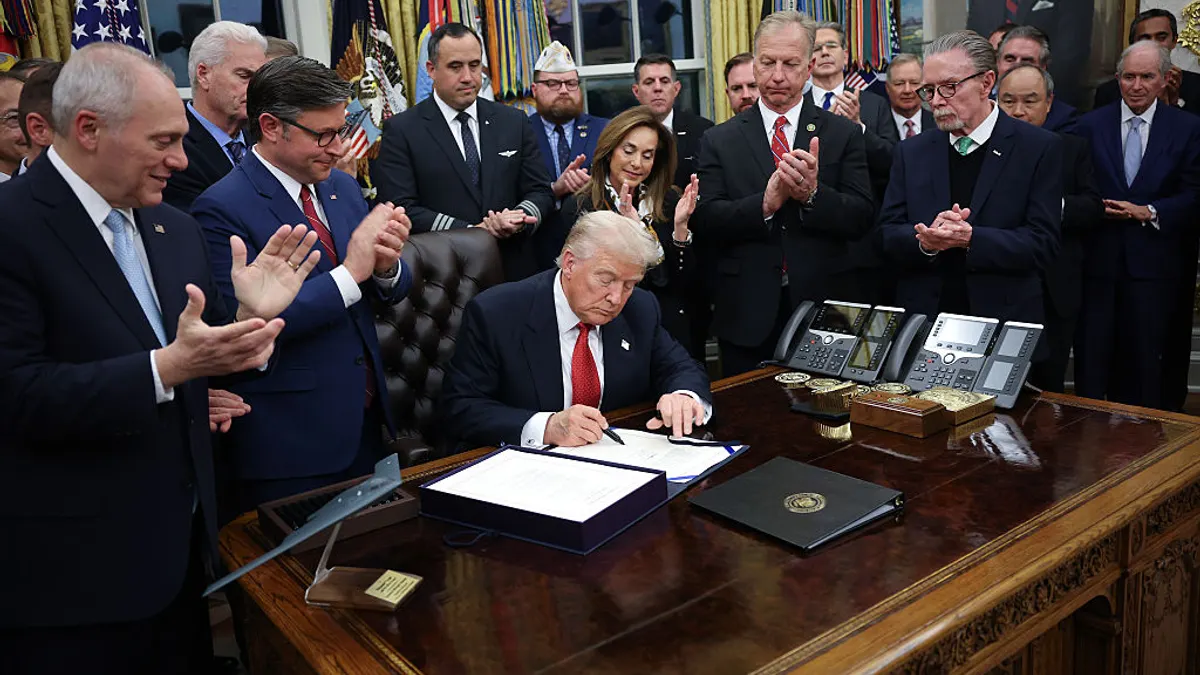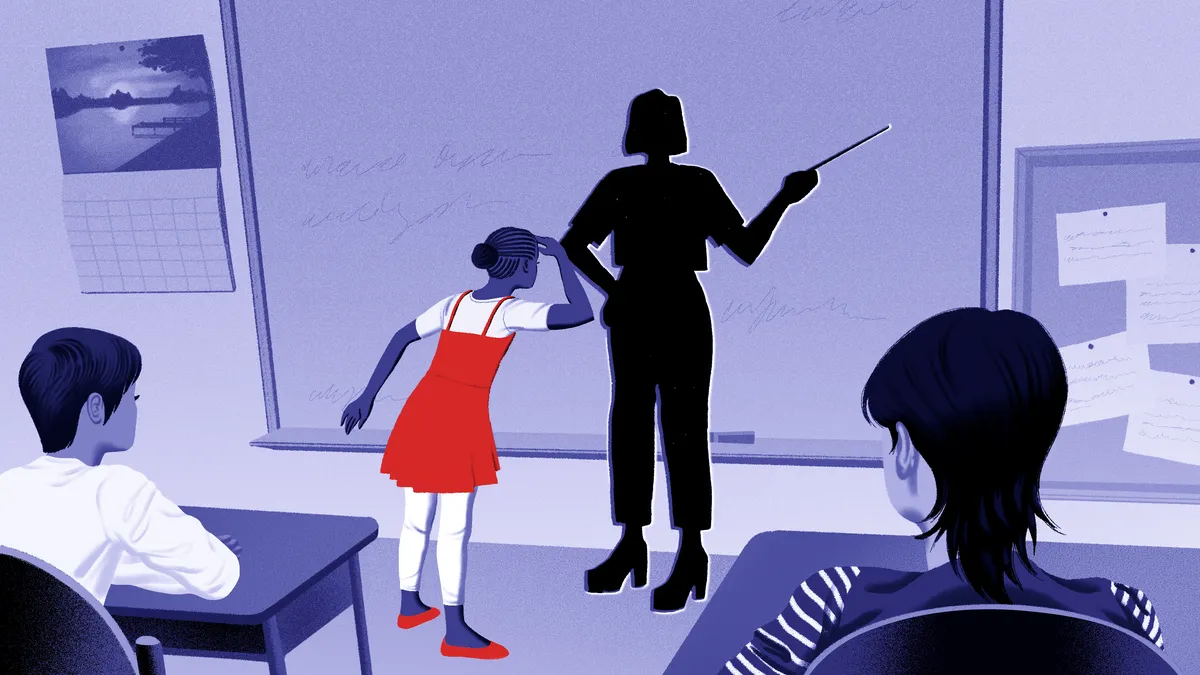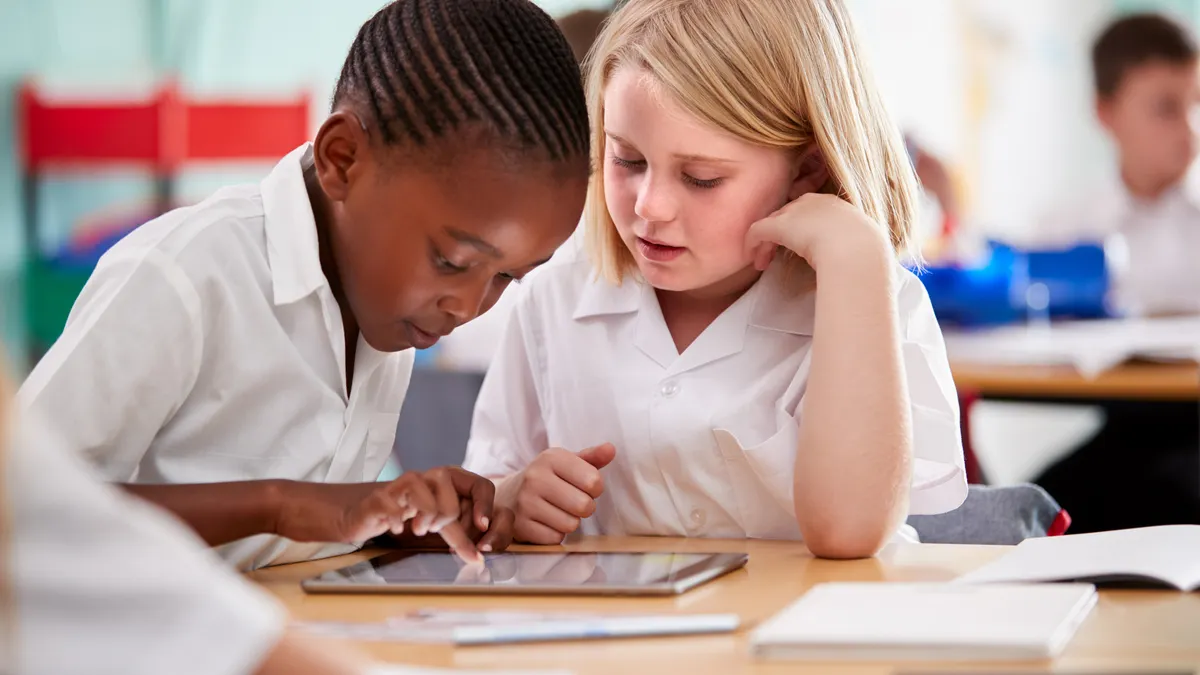As the wildfires in Southern California continue to ravage communities, organizations looking to support students and staff are primarily focused on basic recovery efforts, ensuring that people have access to emergency shelters, food and water.
But amid one of the worst natural disasters in the state’s history, the need for another crucial support has also risen to the forefront: trauma response.
Jeff Freitas, president of the California Federation of Teachers, said the statewide teacher’s union has been working to contact as many members as possible. The union has talked with a sizable number of members who have evacuated or lost their homes due to the wildfires, he said.
A lot of those members are still in the “stunned phase” as they navigate the early stages of grief, Freitas said.
In CFT’s outreach, the union first worked to determine if teachers were safe and if they needed additional information and support in the wake of evacuating or losing their home. CFT also created a disaster relief fund for members, and it’s sharing resources regarding air quality, fire maps, emergency shelters and more.
Other teacher unions, including United Teachers Los Angeles and the California Teachers Association, have also distributed resources and wildfire disaster relief funds for educators.
For teachers who want trauma support and are in a more physically safe and stable situation, CFT is offering online trauma counselling for members, Freitas said. The union also offers lesson plans that teachers can share with students about the wildfires — from current information on the disaster to the impact climate change can have on weather.
Schools impacted by the wildfires should also work to connect broader community resources, such as trauma counseling, to students and staff, Freitas said.
Logistically, Freitas said, education leaders at the state and local levels need to decide that instructional days lost during the wildfires do not require make-up days. “That needs to be the last thing that we worry about.”
On Jan. 14, California Gov. Gavin Newsom issued an executive order that included allowing affected school systems to have the option to suspend adherence to a 180-day or 175-day school year calendar.
For staff who lost their homes or evacuated and can’t return, Freitas said, they need to secure paid days off to address those disruptions.
“That would be a double hit if they had to take time off, lose pay, and they lost their house all at the same time,” Freitas said. “So we're looking to school districts right now to also provide those extra leave days for those individuals that can show that they've been affected by the fires.”
Child trauma recovery resources
When schools and families are ready to begin processing their trauma from the wildfire damage, it’s important that they know how to share age-appropriate information with students, said Omar Gudiño, senior psychologist and deputy clinical director of the Child Mind Institute’s San Francisco Bay Area location.
Gudiño recommends several resources on trauma response for children including a guide from the Child Mind Institute on helping children cope after a traumatic event. The National Child Traumatic Stress Network offers guidance on helping children impacted by wildfires in addition to a resource for parents and caregivers debating whether to return with their children to their homes following wildfire damage.
Additionally, the American School Counselor Association has created a resource page for helping children during a crisis involving a natural disaster. Some of ASCA’s recommendations include limiting children’s exposure to television and news and listening to their fears and concerns.
When communicating with children and adults experiencing trauma, it’s OK to acknowledge when you don’t know what to immediately say after a devastating event, especially when wildfires are ongoing and a lot of uncertainty remains, Gudiño said.
Teachers and parents should understand there’s a natural healing process for children following a traumatic event, Gudiño said. But they also need to recognize when a child may need additional support if there are signs of ongoing stress or potential psychological problems, he said.
As schools look for ways to support students’ wellbeing in the aftermath of wildfires, Gudiño said, leaders need to have consistent, appropriate and honest messaging to students and their families. That’s especially the case for schools planning to make any changes, for instance, with curriculum or resources.
If schools are able to safely open, it’s important that students impacted by wildfires can return to their classroom routines, he said.
“So even though there might be opportunities to say, ‘Let's make sure that we're checking in on students,’ we’re also providing an opportunity for them to have structure in their days and have things that feel really familiar. And that's a really important function of helping kids cope with something traumatic, like, ‘This part of my life still looked and functions like it did before these fires.’”



